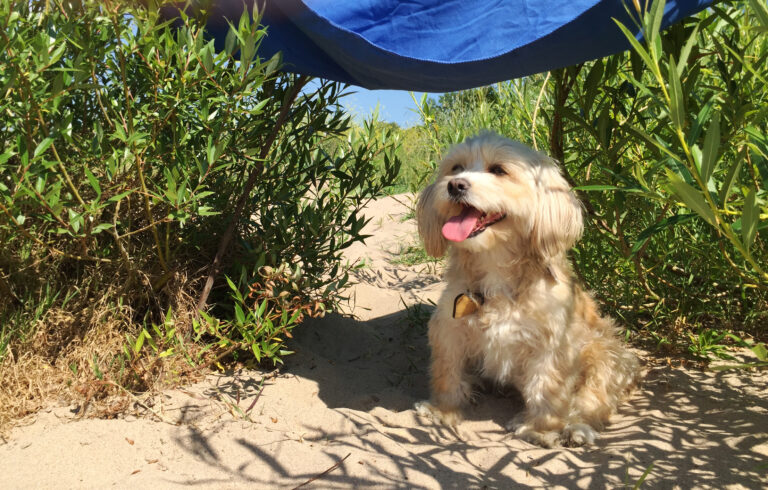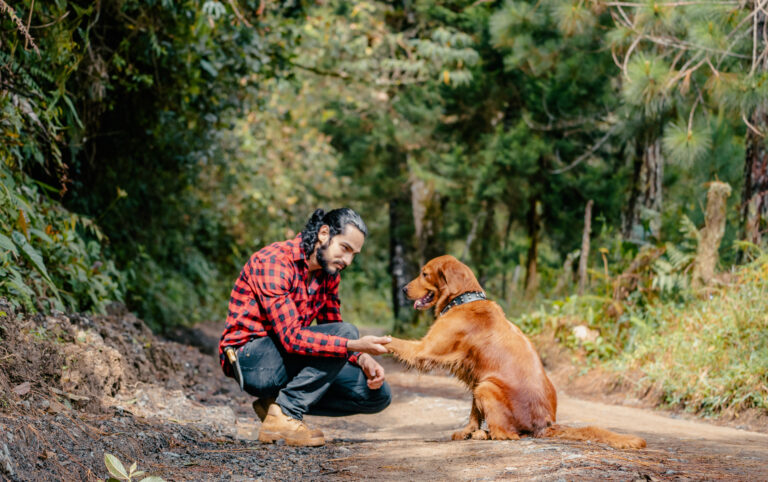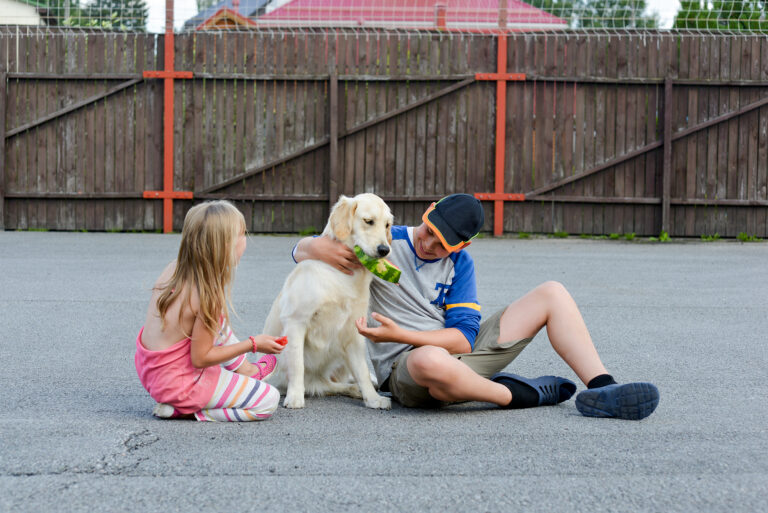As the chill of winter melts away and spring warmth begins to settle in, your dog’s coat is likely already responding to the change. Seasonal shedding ramps up, especially in double-coated breeds, and the need for proper grooming becomes more important than ever. Prepping your dog’s coat for warmer weather isn’t just about aesthetics—it’s about comfort, health, and keeping them cool and happy in the months ahead.
Here’s a complete guide to spring grooming, from shedding solutions to coat care essentials, so your pup can step into the season looking and feeling their best.
Table of Contents
Why Seasonal Grooming Matters
Spring is prime shedding season for many dogs. As temperatures rise, your dog begins to shed their thick winter undercoat to make way for a lighter, cooler summer coat. Without proper grooming, this excess hair can mat, trap heat, and lead to skin irritation or hot spots. Plus, it contributes to that infamous tumbleweed of fur floating across your home.
Grooming not only helps manage loose fur—it also keeps the skin healthy by removing dirt, dander, and allergens that can build up after muddy walks and playtime in blooming environments.
Brushing: Your First Line of Defense Against Shedding
For most breeds, brushing becomes a daily necessity during spring. It helps remove loose fur, detangles mats, and distributes natural oils across the coat. How often you brush and the tools you use will depend on your dog’s coat type.
- Short-haired dogs (like Boxers or Beagles) benefit from a rubber curry brush or grooming mitt a few times a week.
- Double-coated breeds (like Huskies, Golden Retrievers, or German Shepherds) need daily brushing with an undercoat rake or slicker brush to manage heavy shedding.
- Long-haired dogs (like Collies or Shih Tzus) require regular detangling with a pin brush and comb to prevent mats and knots.
For dogs with thick undercoats, consider investing in a deshedding tool—just be sure to use it gently and avoid over-brushing sensitive areas.
Bathing: Less Is More, But Timing Is Key
Bathing helps loosen dead fur, remove allergens like pollen, and freshen up your dog’s coat after muddy spring adventures. However, overbathing can strip essential oils and dry out the skin, especially in warmer weather.
Aim to bathe your dog every 4–6 weeks, unless they get especially dirty or have skin conditions that require more frequent washing. Use a mild, pet-safe shampoo formulated for your dog’s coat type or skin sensitivity. Oatmeal-based or hypoallergenic shampoos are great options for dogs prone to spring allergies.
Dry thoroughly after each bath—moisture left in the undercoat can lead to fungal infections or hot spots.
Don’t Shave Double-Coated Dogs
It may seem logical to shave your dog to help them cool down in spring and summer, but for double-coated breeds, this can actually do more harm than good. Their undercoat provides insulation against both heat and cold, and shaving can interfere with this natural temperature regulation.
Shaving may also expose sensitive skin to sunburn or damage hair follicles, leading to uneven coat regrowth or permanent changes in texture.
Instead, focus on regular brushing and trimming problem areas like around the paws, belly, and ears to improve air flow and cleanliness.
Trim Nails and Clean Paws
As outdoor time increases, your dog’s paws face more wear and exposure to allergens, rough terrain, and debris. Spring grooming should include:
- Nail trims every 2–4 weeks to prevent cracking or overgrowth
- Paw pad checks for cuts, embedded grass seeds, or swelling
- Cleaning between toes to remove dirt, pollen, and other irritants
For extra care, consider applying a paw balm to keep pads moisturized and protected, especially after walks on warm pavement.
Address Allergies and Skin Issues Promptly
Spring can trigger environmental allergies in dogs, leading to itching, redness, and increased grooming behavior. Watch for signs like excessive scratching, licking, or fur loss. Regular brushing can help remove allergens, and a clean, well-maintained coat reduces the risk of irritation.
If symptoms persist, consult your vet about antihistamines, special shampoos, or other allergy management strategies.
In Conclusion

Spring grooming isn’t just a seasonal task—it’s a proactive way to keep your dog comfortable, healthy, and looking their best. As the weather warms, shedding, allergens, and new outdoor challenges all demand a little extra attention. By brushing regularly, maintaining a consistent bathing schedule, and caring for sensitive areas like paws and ears, you’ll help your dog transition smoothly into the warmer months.
With a little prep and the right grooming routine, your dog can spring forward feeling fresh, happy, and ready to take on every sunny walk and backyard adventure.







